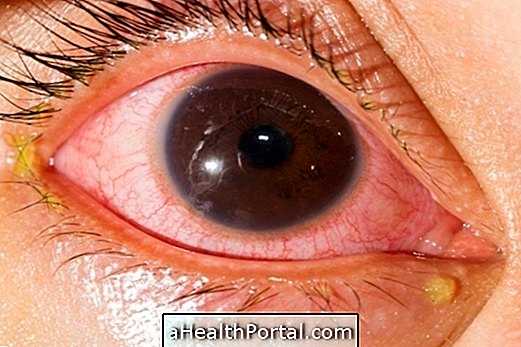Respiratory allergies are hypersensitive reactions of the immune system to substances that come in contact with the body, such as animal hair, dust or pollen for example, and can cause diseases such as asthma, rhinitis or sinusitis and symptoms such as:
- Many sneezings followed;
- Dry and irritating cough;
- Red and watery eyes;
- Red and dripping nose:
- Noise in the chest;
- Difficulty breathing;
- Sensation of shortness of breath.

The agents that usually cause respiratory allergies are dust mites that accumulate in dust, blankets, carpets and curtains, tree pollen, especially in the spring, and pet hair.
The diagnosis of respiratory allergy can be made based on the signs and symptoms and can be confirmed through allergy tests, which are performed in the doctor's office. This method is very important to identify the agent that generates the allergy so that contact can be avoided.
If contact with the allergen again occurs, your doctor may recommend the use of antihistamines, such as desloratadine or ebastine. In any case, a consultation with an allergist may clarify many doubts. See more about treatment for respiratory allergy.
What are the risk factors
There are some factors that may increase the risk of developing allergic breathing, such as having a family history of allergies, working in a place that is very exposed to mold, or living in a house with high humidity or poor ventilation.






















